Data Acquisition, Pressure Measurement
Instrumenting Curtain Wall Tests
Validyne Products: DP103, USB2250
Curtain walls are the outside glass coverings of skyscrapers and large buildings. A curtain wall allows floor-to-ceiling windows and provides a shiny exterior to the building. Older buildings had windows that were openings in the wall structure. Curtain walls are so named because they are hung away from the structural part of the building – like curtains – and bear no structural load. The curtain wall must withstand the outside elements: wind, rain and temperature extremes and so curtain walls must be tested prior to being installed on a large building. This application note details a procedure for curtain wall tests.
The standard test sequence is to build a sample section of the curtain wall and expose it to wind and rain generated at the test facility. This sequence of photos shows what this looks like.
Installing the sample curtain wall section on a scaffold.
Bringing up the wind machine.
Blowing air and water at the sample.
The idea is to simulate the worst predicted weather for a given location and verify that the curtain wall design is robust enough to survive. The curtain walls are instrumented so that the deflection of the glass sections that make up the wall can be measured at different wind force loads.
The deflection is measured with a lanyard potentiometer. This is a displacement sensor that resembles a tape measure – a length of cable extends out from the lanyard pot that is spring loaded. The cable is wound around a spring-loaded potentiometer so that as the cable move the resistance of the potentiometer changes.
The wind loading is measured by a DP103 pressure transducer connected to the outside of the test section. A sensitive transducer is used because even a lot of wind velocity does not generate a very high pressure. Air moving at 100 MPH, for example, generates about 4.8 In H2O of pressure. A DP103 can be used to measure this and much lower pressures if needed.
Both the lanyard potentiometer and the DP103 transducer can be interfaced to a computer using the Validyne USB2250. This will provide the DC excitation required for the lanyard pot and the AC excitation needed for the DP103 sensor. The USB2250 will provide digital readings in In H2O for the DP103 and inches of deflection for the lanyard pot. These readings can be recorded in Easy Sense software and correlated so that the window glass can be evaluated for the conditions simulated during the test.
The sketch below shows the actual wiring connections for these sensors to the USB2250:


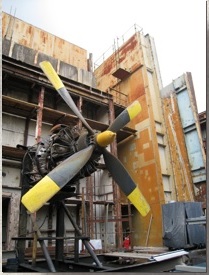
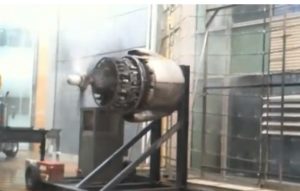
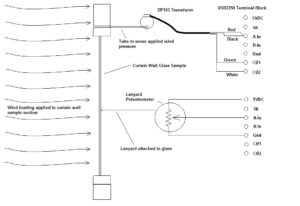
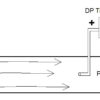
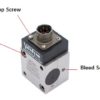
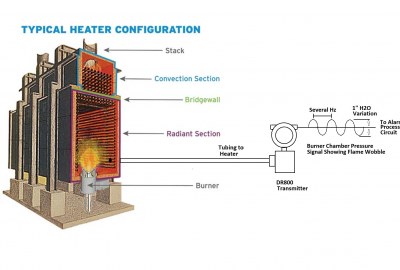
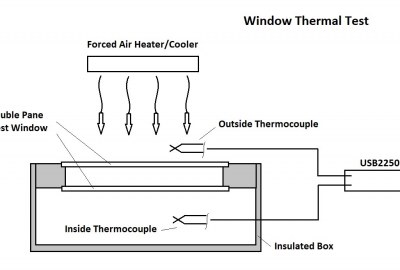
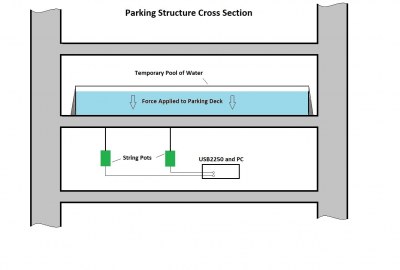
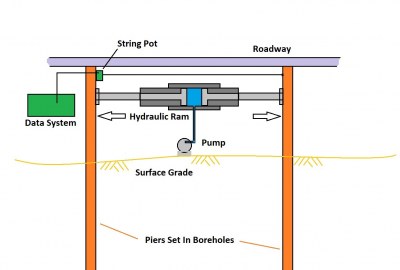
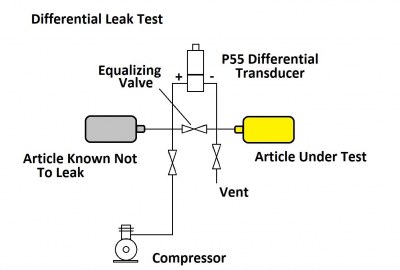
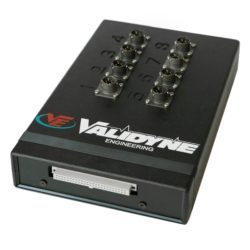
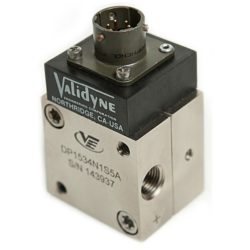
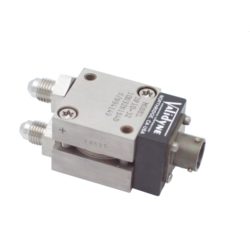
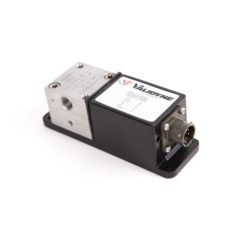
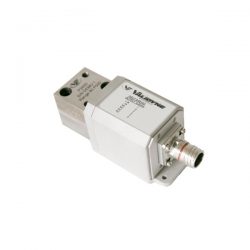
Leave a reply
You must be logged in to post a comment.